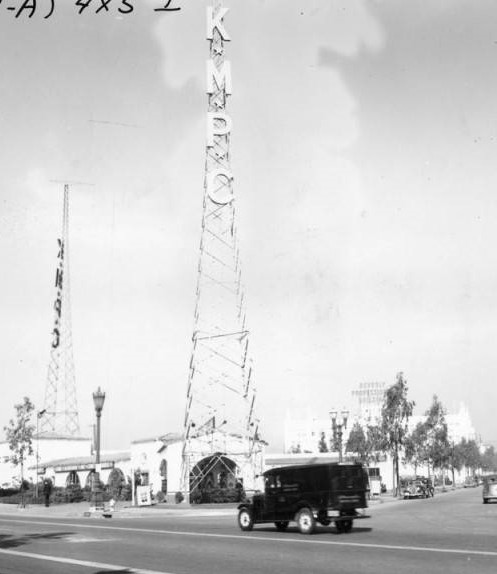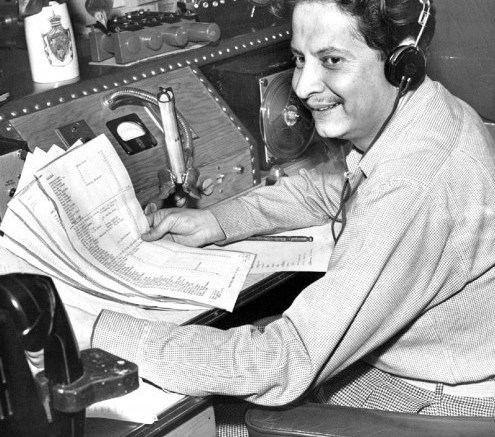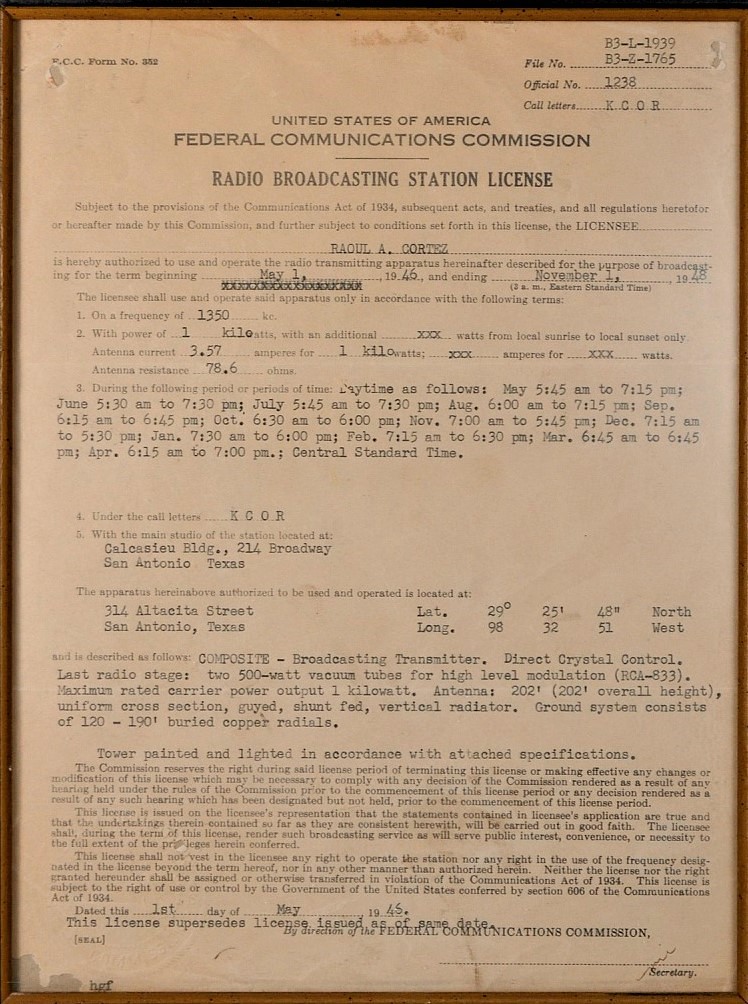Radio Research
The United States is the second largest Spanish-speaking country in the world. Spanish sustains cultural elements of both immigrant and US Latinx communities. It has been spoken in the United States before the territory and its people were colonized by English-speaking Europeans (Rosina Lozano, An American Language: The History of Spanish in the United States, 2018).
In its effort to bridge the gap between academia and Spanish-speaking communities across the United States, members of the Spanish-language Radio Caucus of the Radio Preservation Task Force (RPTF) study, promote, disseminate and publish aural, digital, and scholarly work on radio among Latinx communities across the nation.
This pioneering visualization project is a point of departure for the work scholars, librarians, archivists, broadcasters, and public radio personnel committed to when the RPTF was formed in 2014. TopoRadio is a vital and necessary next step in the effort to identify and map public, archival, and scholarly resources. It offers us the opportunity to ask critical questions about Spanish-language and bilingual broadcasting. In doing so, TopoRadio also brings attention to rich media histories and how Spanish-dominant listeners have transformed radio into today’s popular format. We hope this site sparks new debates and understandings of our media relationships across the United States.
Dr. Sonia Robles, Assistant Professor of History, University of Delaware, & Dr. Dolores Inés Casillas, Professor of Chicana and Chicano Studies and Director of the Chicano Studies Institute, University of California, Santa Barbara.
Chico Sesma at KOWL, ca. 1955. Source: Mexican American Mojo: Popular Music, Dance, and Urban Culture in Los Angeles, 1935–1968

Billboard of Piolín in Los Angeles, ca. 2007.
Source: Listening (Loudly) to Spanish-language Radio
Milestones
More information on all of these events is available through the map.
| 1920 | Dawn of commercial radio era in the United States: KDKA starts transmissions from Pittsburg, Pennsylvania. |
| 1922 | WKAQ in San Juan, Puerto Rico, then an unincorporated organized territory of the United States, becomes the second broadcaster in Latin America. |
| 1927 | Pedro J. González begins program Los Madrugadores on KELW before moving to KMPC in Los Angeles. González is able to find a toehold in the new medium of radio through “off-hours” programming, or those early time slots that station owners deemed not commercially viable. |
| 1930 | XEW begins transmissions from Mexico City. Its owner, Emilio Azcárraga Vidaurreta aspires to create a hemispheric media empire. He finds success broadcasting northward to Mexican citizens living in the United States as well as south across Latin America. During World War Two, Azcárraga Vidaurreta attracts the attention of the Coordinator of Inter-American Affairs (CIAA) Nelson Rockefeller in the United States, who, as part of FDR’s Good Neighbor Policy, begins financially supporting XEW as an outlet for pro-Allies propaganda throughout Latin America. The XEW would go on to form the basis of today’s Televisa. |
| 1946 | After years of discriminatory license denials by the Federal Communication Commission because of his intent to broadcast in Spanish, Raoul A. Cortez starts the first fully fledged Spanish-language station of KCOR in San Antonio, TX. |
| 1960 | Spanish-language radio accounts for 60% of “ethnic” language broadcasts. Many of the stations that used to serve Yiddish or Italian language programs, like WOV in New York, change to Spanish programming. |
| 1967 | The Public Broadcasting Act provides for the development and expansion of educational broadcasting through the Corporation for Public Broadcasting. This paves the way for federal funding for community radio stations such as KDNA and KBBF. |
| 1978 | Task Force on Minorities in Public Broadcasting concludes that “the public broadcast system is asleep at the transmitter” when it comes to supporting non-commercial and educational programming by Asian, Black, Latino, and Native Americans. The Task Force proposes recommendations to have equity in funding of non-commercial radio. |
| 1979 | The non-commercial KDNA begins transmitting in the Yakima Valley, Washington and is rooted in Chicano activism and farmworker organization. |
| 1983 | Radio Martí, with funding from the U.S government, begins transmitting from Miami with the intent of reaching listeners in Cuba despite continued frequency jamming by the Cuban government and objections from U.S. journalists and government watchdog groups. |
| 1983 | Spanish Broadcasting System (SBS), now one of the largest owners and operators of radio stations in the United States, purchases its first station, WSKQ in New York. |
| 2003 | Univision Radio and Hispanic Broadcasting Corp. merge. This is a period of consolidation in Spanish-language media. Today, the company is known as Uforia. |
| 2021 | Univision Communications (United States) and Grupo Televisa (Mexico) merge to form a hemispheric media conglomerate. |

KMPC broadcast towers in Los Angeles, ca. 1938. Source: Los Angeles Public Library

Paco Sánchez, owner of KFSC in Denver, Colorado, became the first Latino station owner in the city. Source: Latin Life Denver

KCOR broadcasting station license from the FCC, ca. 1946. Source: Smithsonian National Museum of American History